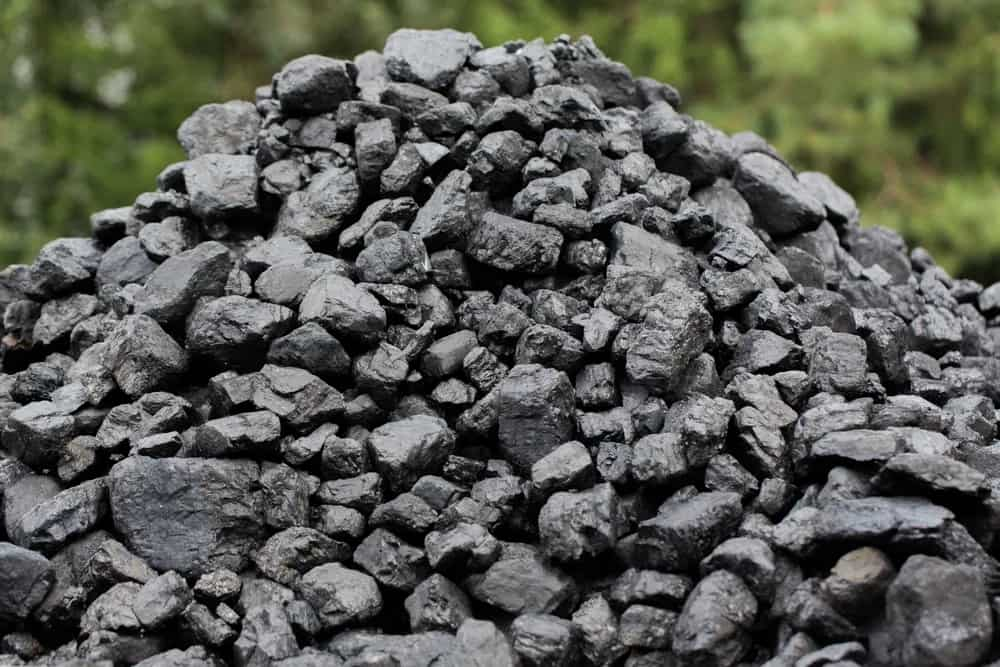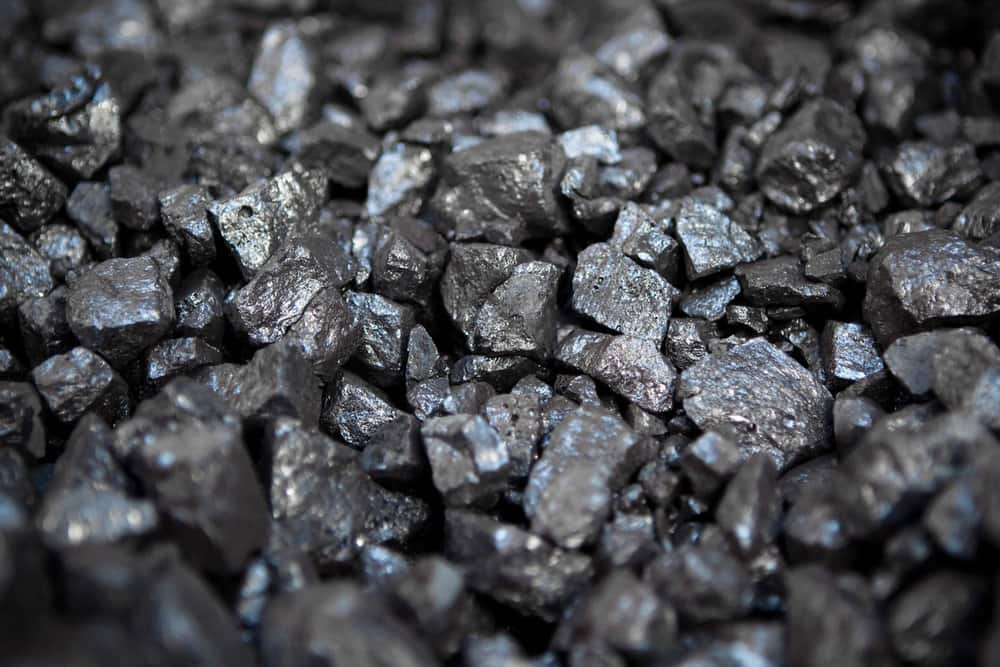In the market for creating steel, HBI is one of the materials that is frequently used. the price of this substance is dependent on the suppliers function and the demand for it in the market. The term "Hot Briquetted Iron" (abbreviated as "HBI") refers to a premium type of direct reduced iron (DRI) that has been compacted at a temperature of more than 650 degrees Celsius at the time of compaction and has a density of more than 5,000 kilograms per cubic metre (5,000 kg/m3). Due to the process of compaction, HBI is very much less porous and, as a result, very much less reactive than DRI. Additionally, HBI does not suffer from the risk of self-heating that is associated with DRI. HBI was developed as a product in order to overcome the difficulties associated with the shipping and handling of DRI. Steelmaking in electric arc furnaces (EAF) is the primary market for HBI; however, HBI is also used as a trim coolant in basic oxygen furnace (BOF) steelmaking and as feedstock for blast furnaces. Direct Reduced Iron is extracted from the reduction furnace while it is still extremely hot and then screw-fed into the nip that exists between two rollers that rotate in the opposite direction. The briquettes are produced by synchronously revolving rollers with pockets in them. This process takes place at high temperatures (usually in the neighborhood of 700 degrees Celsius) and significant pressing forces. After exiting the rollers, the continuous string of briquettes is led by a heavy chute and is divided into primarily single briquettes using, for example, a rotor with impact bars. A revolving and tumbling drum is another method that can be used to separate briquettes made from fine material after they have been created in fluidized bed procedures. 
hot briquetted iron price today
Calling us is the only way to get the today's HBI price for their types and specifications. A compacted version of DRI, hot briquetted iron (HBI), is created with certain, dependable chemical and physical properties. HBI is made to be melted in a variety of iron and steel processes and delivered across long distances. Unlike scrap, which often has a collection season, it is accessible all year long. The manufacturer certifies the chemical make-up of HBI, and ISO quality standards are closely adhered to. Most often, physical traits are held responsible for the development of HBI. The furnace slag layer can be quickly penetrated thanks to its increased mass. HBI will pick up 75% less water than standard DRI and is 100 times more resistant to reoxidation. HBI also results in fewer fines, which increases value for users and lessens handling and shipping safety concerns. HBI can be batch charged or constantly fed to a melting furnace since it can be handled by typical materials handling equipment due to its size and shape.  BENEFITS OF HEATED Briquetting Iron (HBI) HBI is a contemporary charge material that can be added to blast furnaces in ironmaking applications or used in steelmaking furnaces instead of scrap. HBI doesn't contain any of the impurities found in smelted iron due to inclusions of coke, limestone, and scrap because it is created only from iron oxides without melting. HBI is low in residual metal elements (copper, nickel, chromium, molybdenum, and tin), as well as sulfur and phosphorus, depending on the chemistry of the iron oxide used in its synthesis. THE STEELMAKER CAN GET BENEFITS FROM HBI IN ONE OF TWO WAYS: Because most outmoded scrap contains significant levels of residual components, it was impossible to consistently produce high-quality steel products. It enables the production of basic grades of steel products from less expensive, lower grade scrap. For its diluent effect, or to reduce the overall amount of metallic residuals and sulfur, HBI is usually employed in the electric arc furnace (EAF). Additionally, HBI has the following operational benefits with other DRI types: For the optimum total charge economics, combine with other metallics. To maximize power-on duration and enhance bath weight, it can be continually fed. increases foamy slag and lowers the nitrogen level in the EAF protects refractory to minimize damage both successful in AC and DC furnaces, whether operating with a long or short arc
BENEFITS OF HEATED Briquetting Iron (HBI) HBI is a contemporary charge material that can be added to blast furnaces in ironmaking applications or used in steelmaking furnaces instead of scrap. HBI doesn't contain any of the impurities found in smelted iron due to inclusions of coke, limestone, and scrap because it is created only from iron oxides without melting. HBI is low in residual metal elements (copper, nickel, chromium, molybdenum, and tin), as well as sulfur and phosphorus, depending on the chemistry of the iron oxide used in its synthesis. THE STEELMAKER CAN GET BENEFITS FROM HBI IN ONE OF TWO WAYS: Because most outmoded scrap contains significant levels of residual components, it was impossible to consistently produce high-quality steel products. It enables the production of basic grades of steel products from less expensive, lower grade scrap. For its diluent effect, or to reduce the overall amount of metallic residuals and sulfur, HBI is usually employed in the electric arc furnace (EAF). Additionally, HBI has the following operational benefits with other DRI types: For the optimum total charge economics, combine with other metallics. To maximize power-on duration and enhance bath weight, it can be continually fed. increases foamy slag and lowers the nitrogen level in the EAF protects refractory to minimize damage both successful in AC and DC furnaces, whether operating with a long or short arc 
hot briquetted iron suppliers
Call us for more information because we are aware of the HBI's global suppliers and their prices. Two million metric tons per year of HBI (Hot Briquetted Iron) of the finest possible quality will be produced at the new direct reduction facility that voestalpine is constructing in Corpus Christi, Texas. The production of HBI occurs when iron ore is reduced using natural gas as the reductant. The abbreviation "HBI" refers to "hot briquetted iron," which is porous sponge iron that has been compressed into briquettes. HBI is produced when iron ore is reduced using natural gas as the reductant. In either blast furnaces or electric arc furnaces, HBI can function as a pre-material in the production process. HBI can be used in place of coke and iron ore in blast furnaces, while in electric arc furnaces it can take the place of scrap metal. The production of HBI occurs when iron ore is reduced using natural gas as the reductant. It is referred to as the direct reduction process, and it is a production method that is kind to the environment.  Natural gas, rather than coke, is used in a DRI plant, because natural gas is more environmentally friendly. The reduction procedure is carried out in the tower designated for that purpose. The tower, which stands 137 meters (450 feet) tall, serves as the plant's central nervous system. The process of direct reduction is a complex process that, when broken down into its component parts and presented in simple words, consists of the following steps: Iron ore pellets, a primary raw material: The reactor is supplied with iron ore pellets, which serve as the raw material. Converting natural gas into reducing gas entails the following steps: After being altered into reducing gas, natural gas is subsequently injected. A closed system uses reducing gas, which is recycled and flows throughout the system. The procedure known as direct reduction: In accordance with the counterflow concept, hot reducing gas is circulated through the iron ore in the direction from the bottom to the top. The amount of oxygen that is present is decreased, which results in the production of "sponge iron." Briquettes are formed from "sponge iron" by pressing it into pellets (Hot Briquetted Iron)
Natural gas, rather than coke, is used in a DRI plant, because natural gas is more environmentally friendly. The reduction procedure is carried out in the tower designated for that purpose. The tower, which stands 137 meters (450 feet) tall, serves as the plant's central nervous system. The process of direct reduction is a complex process that, when broken down into its component parts and presented in simple words, consists of the following steps: Iron ore pellets, a primary raw material: The reactor is supplied with iron ore pellets, which serve as the raw material. Converting natural gas into reducing gas entails the following steps: After being altered into reducing gas, natural gas is subsequently injected. A closed system uses reducing gas, which is recycled and flows throughout the system. The procedure known as direct reduction: In accordance with the counterflow concept, hot reducing gas is circulated through the iron ore in the direction from the bottom to the top. The amount of oxygen that is present is decreased, which results in the production of "sponge iron." Briquettes are formed from "sponge iron" by pressing it into pellets (Hot Briquetted Iron) 
hot briquetted iron price per ton
Calling us will get you the USD per ton for the HBI. Hot Briquetted Iron (HBI) is a kind of Direct Reduced Iron (DRI) that has been crushed in specially engineered roller presses while hot to form pillow-shaped briquettes. These briquettes are typically between 50 and 150 millimeters in length and 25 millimeters in thickness. The HBI that is produced is a metallic substance with a high density that is composed of between 90 and 94 percent iron (Fe) and very few residuals. Residues consist of elements such as copper, nickel, chrome, molybdenum, tin, and lead that are known to have a negative impact on the quality of finished steel, particularly when the steel is deep-drawn or goes through a similar process of deformation.
Iron with Direct Reduction (DRI)
Directly reduced iron, often known as DRI, is created through the process of directly reducing iron ore with a reducing gas that is created from either natural gas or coal. The reducing gas is a combination, with hydrogen (H2) and carbon monoxide (CO) making up the majority of it (CO). Direct reduction is the process of directly reducing the iron ore in solid form by using reducing gases. This process is known as direct reduction. DRI can be effectively made using technologies based on either natural gas or coal in a variety of locations across the world. Reducing gas (H2+CO) or coal is used in a solid-state process that lowers the temperature of iron ore to 950–1050 degrees Celsius. Why is it necessary to change to HBI instead of using DRI? The densely packed version of DRI known as hot-briquetted iron (HBI) was developed for convenience in transporting, handling, and storing the material. In the presence of seawater, DRI is capable of undergoing an extremely violent oxidation. It is possible for it to reach extremely high temperatures and possibly catch fire or explode.  It is only possible to transport it without risk if severe safeguards are followed, such as regular inspections, temperature monitoring, and the use of blankets filled with inert gas. As a result of these considerations, DRI is frequently converted into HBI, which remains unaffected by shipping conditions.
It is only possible to transport it without risk if severe safeguards are followed, such as regular inspections, temperature monitoring, and the use of blankets filled with inert gas. As a result of these considerations, DRI is frequently converted into HBI, which remains unaffected by shipping conditions.

0
0